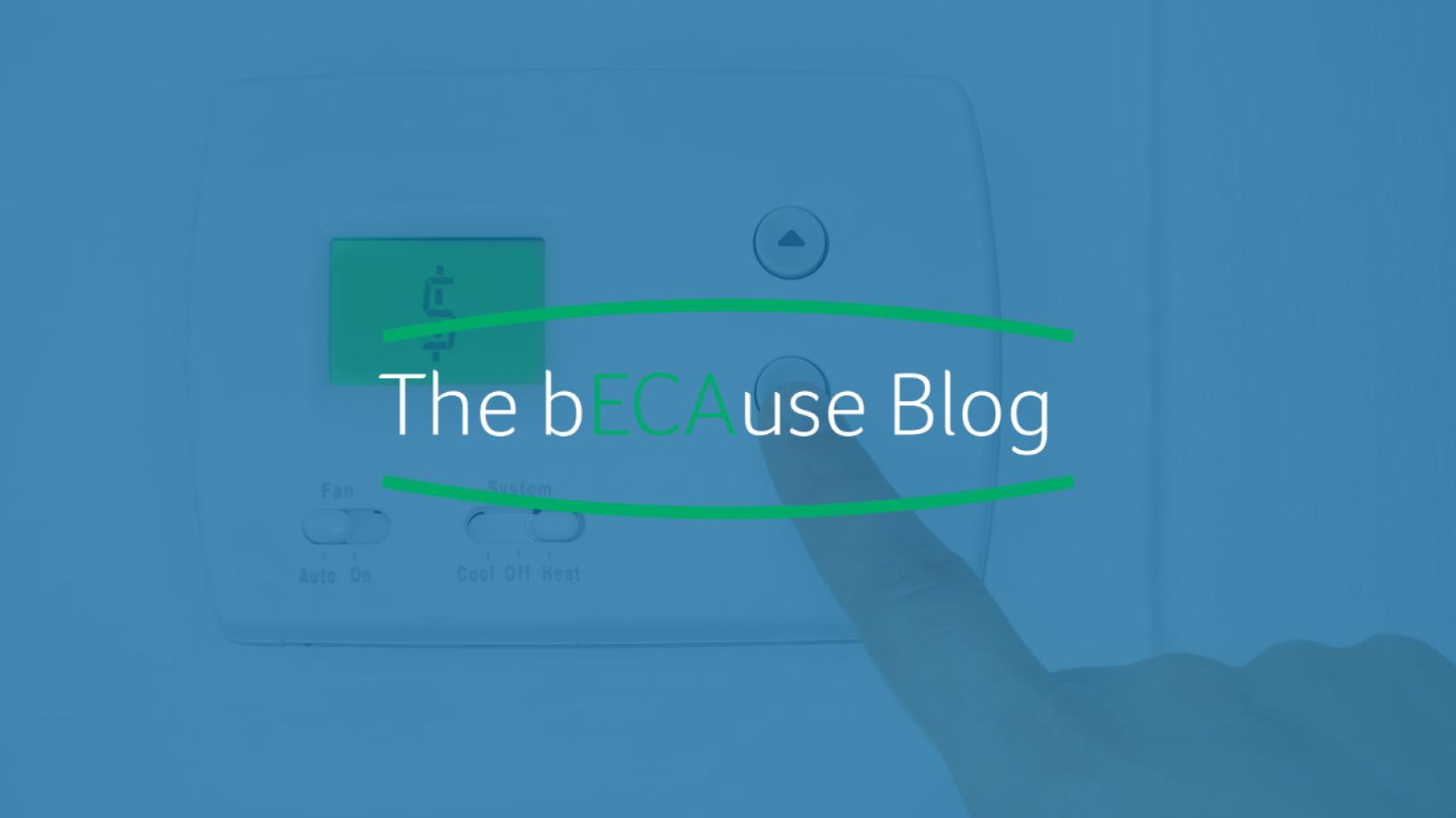For years we’ve been arguing for one big change that is too often downplayed when discussing how to transition our energy system to one that is cleaner, more affordable and more responsive to the needs and expectations of consumers.
Energy Efficient Homes.
Energy Consumers Australia’s Power Shift research, released in 2020, underlined the value of energy performance standards to household health and wellbeing. While there is still plenty of work to be done, there are signs that long overdue changes may be on the way – for new homes at least.
The Australian Building Codes Board recently released its draft energy efficiency rules for the 2022 National Construction Code. The draft rules include an increase in minimum standards for newly-built homes from 6 to 7-star ratings, under the Nationwide House Energy Rating Scheme (NatHERS) – the Commonwealth-administered scheme under which assessors measure a home’s energy efficiency.
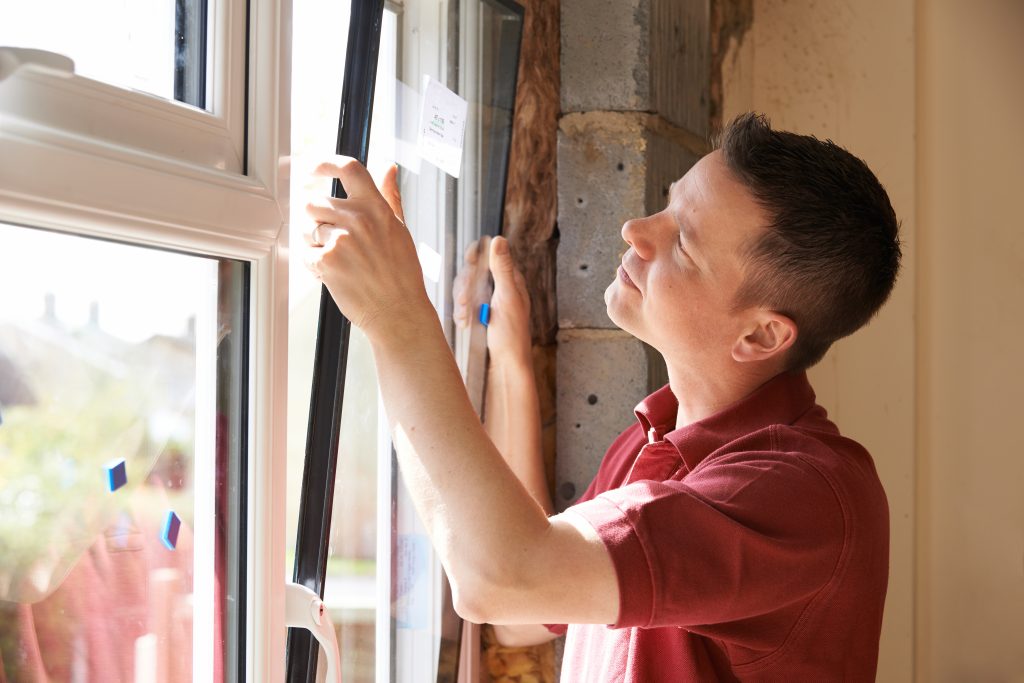
The proposed changes also include assigning an ‘energy budget’ for new homes – a change that would encourage the adoption of more efficient appliances by allocating a total amount of energy that can be used for heating and cooling, hot water systems, lighting and pool pumps. Household energy budgets would not include electricity generated on site, further encouraging the installation of rooftop solar systems.
These draft changes will be considered by Australian governments as part of finalising the next three-year iteration of the code. Both measures are strongly supported by Energy Consumers Australia. We urge their adoption as part of the code’s continuing evolution.
The evidence is in
We do this because we are extremely confident these measures will provide clear financial and health benefits for consumers, while also assisting in the necessary decarbonising of our energy system. New modelling from Renew – supported by grants funding from ECA – shows the positive impact on household finances. It finds that if these tighter standards were adopted nationally, consumers would be financially better off, would be able to pay their mortgages off quicker and would emit less carbon.
The modelling forms part of a report – Households Better Off – issued under Renew’s Climate Resilient Homes campaign, which is part-funded by a grant from Energy Consumers Australia. It compared a “business-as-usual” 6-Star home with no energy budget (using basic appliances and no rooftop solar) to a 7-Star home with a strong energy budget (using efficient appliances and rooftop solar). The report found that consumers would be better off regardless of whether they lived in an electricity-only house or one that also incorporated gas appliances.
The economics of efficiency
A common argument against improving energy efficiency standards points to the potential for higher construction costs adding cost to a new home and therefore to a household mortgage. The question is whether – or how quickly – energy savings delivered by increased efficiency can offset the higher initial outlay. In layperson’s terms: How long does it take for energy efficient homes to ‘pay for themselves’ and then start to turn a profit?
Renew’s modelling found that bills were significantly less for the more efficient homes across all four Australian cities modelled. In dual fuel homes, households saved $1,484 a year in Hobart, $1,043 in Melbourne, $1,059 in Sydney, and $1,287 in Perth.
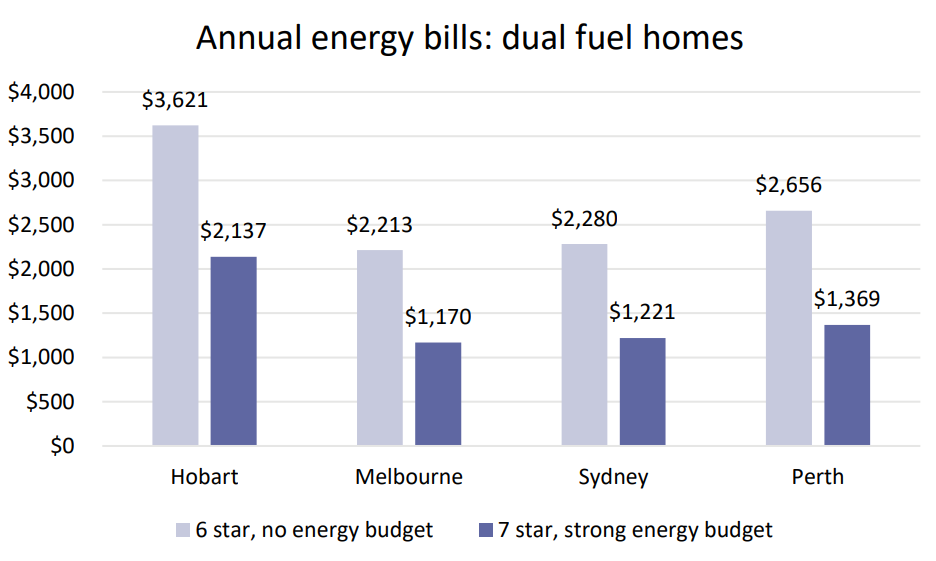
The time taken for increased savings to completely offset the higher purchase cost ranged from 11.8 years in Sydney to just 8.8 years in Hobart.

Even factoring in the potential impact of higher costs on mortgages, homeowners still came out ahead. Over a 20-year period, homeowners in dual fuel homes with 7-star ratings and an energy budget were substantially better off. Net present value (the money saved by efficiency relative to the higher cost including interest) ranged from $4748 in Sydney to $10,972 in Hobart.
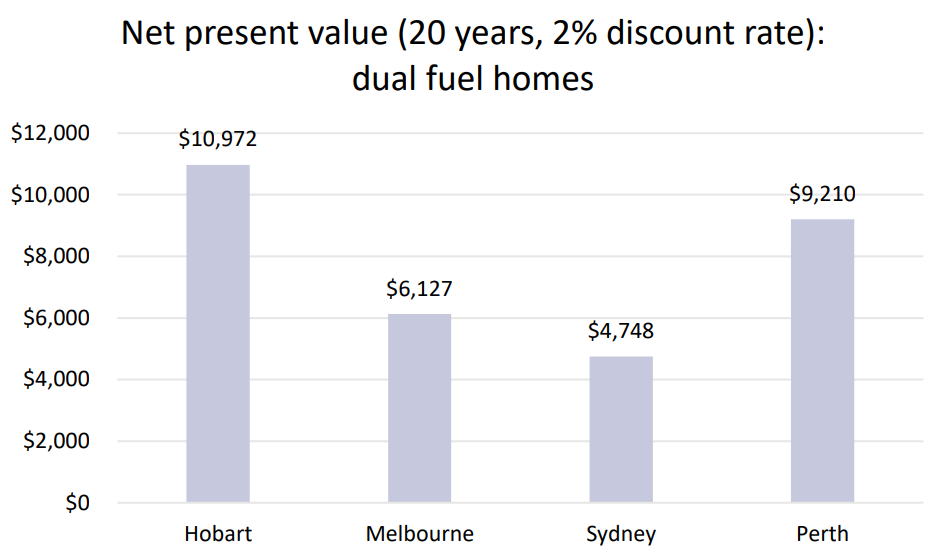
The benefits quoted above were all modelled for dual fuel homes (those using a mix of electric and gas appliances). Renew’s modelling showed that benefits would be higher still for all-electric homes. In both scenarios households would substantially decrease their carbon emissions.
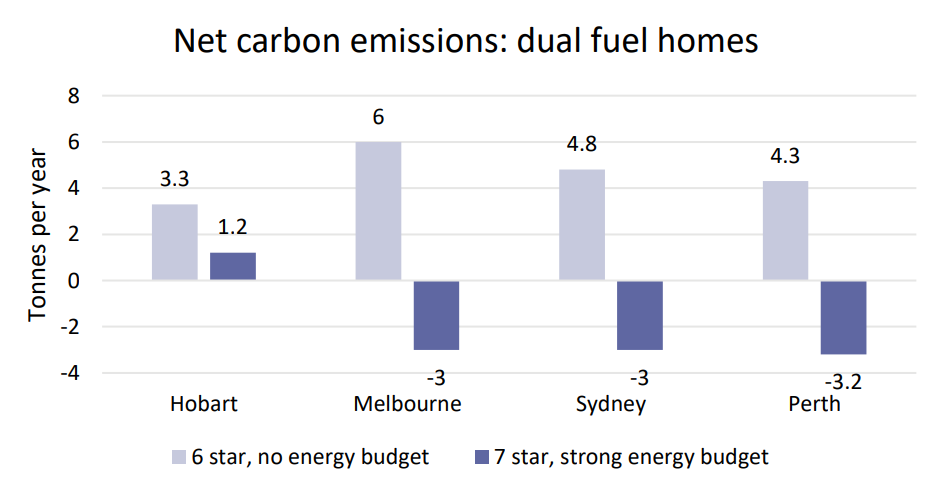
Beyond the substantial benefits to consumers, increasing energy efficiency in Australian homes would deliver benefits for the energy system itself, reducing demand for electricity at peak times and therefore reducing the need for costly investment in new generation, transmission and distribution infrastructure. That contributes towards cost savings for all consumers (to whom the costs of infrastructure investment are usually passed on).
A more inclusive system
If adopted, the proposed changes would be applied to newly constructed houses and some apartments (sole-occupancy units). This would create the additional benefit of increasing the amount of energy efficient housing stock available to people who rent, a key challenge given the energy inefficiency of large amounts of rental housing stock across Australia. While substantial retro-fitting is required across existing rental stock to create a fairer housing market in which renters are not excluded from the benefits offered by energy efficient homes, increasing the supply of new and efficient homes into the market would be a positive step.
The background to change
Since 2010, all new homes built in Australia have had to satisfy a minimum 6-star efficiency standard.
In 2019, State, Territory and Commonwealth Governments committed to improving energy efficiency standards and created the mechanism of the Trajectory for Low Energy Buildings to accomplish this. As part of the Trajectory, which Energy Consumers Australia is a participant in, work has been underway to lift the minimum thermal energy efficiency standard for new homes in 2022 to a 7-Star NatHERS rating. A range of other initiatives, contributed to and supported by Energy Consumers Australia, are also part of the trajectory – including measures designed to make existing homes more energy efficient.
Consultation is now underway on the proposed new rules. By May 2022, Ministers will make a decision on whether the proposed changes become law.
